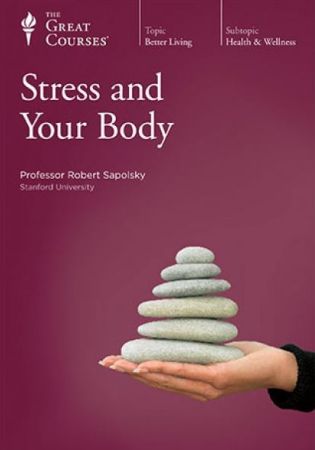Published 10/2024
MP4 | Video: h264, 1920×1080 | Audio: AAC, 44.1 KHz
Language: English | Size: 747.36 MB | Duration: 1h 30m
Journalling techniques, exercises and prompts to help you reduce stress, decrease anxiety and improve your confidence.
What you’ll learn
Understand the fundamentals of journalling.
Develop the skills to begin your own journalling practice.
Discover how consistent journalling can positively impact your mental health.
Practice journalling with a range of journalling exercises.
Kickstart your journalling practice with downloadable journal prompts.
Discover how journalling can also nurture a positive mindset.
Requirements
You will need a journal or pen and paper. You can also type your journal entries if you would like.
You must be willing to take action on what you’re going to learn in this course
Description
Journalling is a powerful self-care tool that can significantly enhance your mental health by providing a safe space to explore, express and organise your thoughts, feelings and emotions. You have probably heard about the benefits of journalling and maybe you’ve even bought yourself a journal, but getting started has felt overwhelming because you don’t know what to write or where to start.This course is designed to help you kickstart that journey, get you journalling right away and then create a regular journalling practice.You will learning how to use journalling to explore your emotions, gain clarity, and develop a positive mindset. Through engaging lessons, practical tips, and thought-provoking prompts, you will build a journalling routine that enhances your well-being, self-awareness, and personal growth.What You Will Learn: Why journalling improves mental health.What journalling is and is not.How to get started with journalling.How you can incorporate a range of different journalling methods.What journalling prompts are and how to use them. How to build journalling into your daily life.How a consistent journalling practice can help you nurture a more positive mindset.By the end of the course, you will:Have the essential knowledge needed to begin a journalling practice.Have explored a range of different journalling techniques.Have a list of powerful journalling prompts to keep and use on a daily basis.
Overview
Section 1: Introduction
Lecture 1 Welcome and an Introduction to the Course
Lecture 2 How to get the most out of this course
Section 2: The Benefits of Journalling
Lecture 3 Untangling Emotions
Lecture 4 Release Stuck Emotions
Lecture 5 Naming Feelings
Lecture 6 Expand Your Window of Tolerance
Lecture 7 Create Space in Your Head
Lecture 8 Control Over Emotional Reactions
Section 3: Section 3 How to Journal
Lecture 9 Basic Equipment
Lecture 10 What is Journalling for Mental Health?
Lecture 11 Different Ways to Journal
Section 4: Let’s Journal Together – Journal Exercise 1
Lecture 12 Journal Exercise 1 – Intro
Lecture 13 Journal Exercise 1 – Prompt 1
Lecture 14 Journal Exercise 1 – Prompt 2
Lecture 15 Journal Exercise 1 – Prompt 3
Lecture 16 Journal Exercise 1 – Prompt 4
Lecture 17 Journal Exercise 1 – Prompt 5
Lecture 18 Journal Exercise 1 – Prompt 6
Lecture 19 Journal Exercise 1 – Prompt 7
Section 5: Exploring Emotions
Lecture 20 The Purpose of Emotions
Lecture 21 What are core emotions?
Lecture 22 The Window of Tolerance
Lecture 23 Name it to Tame it
Lecture 24 Velcro for the bad and Teflon for the good!
Section 6: Journal Exercise 2 – The Emotional Reset
Lecture 25 Journal Exercise 2 – Intro
Lecture 26 Journal Exercise 2 – Prompt 1
Lecture 27 Journal Exercise 2 – Prompt 2
Lecture 28 Journal Exercise 2 – Prompt 3
Lecture 29 Journal Exercise 2 – Prompt 4
Lecture 30 Journal Exercise 2 – Prompt 5
Lecture 31 Journal Exercise 2 – Prompt 6
Section 7: Conclusion & Bonus Content
Lecture 32 Beyond the course
Lecture 33 Conclusion
Lecture 34 Bonus Content
People new to journalling who want guidance and suggestions on how to begin.,People who have heard about the benefits of journalling but are not sure where to start.,People who feel overwhelmed with lots of different emotions.
Homepage










